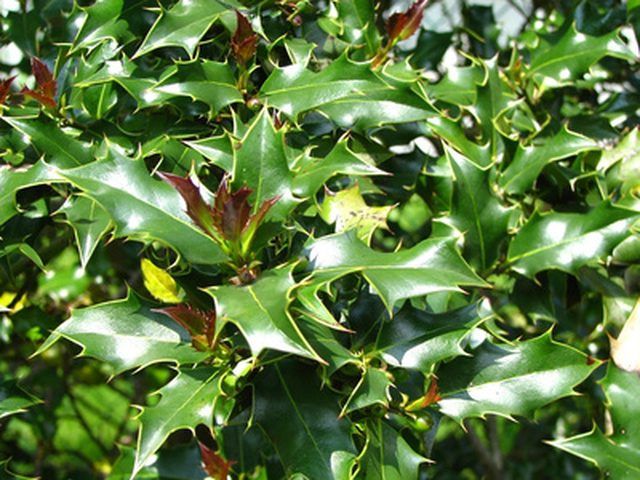Bulbs
Flower Basics
Flower Beds & Specialty Gardens
Flower Garden
Garden Furniture
Garden Gnomes
Garden Seeds
Garden Sheds
Garden Statues
Garden Tools & Supplies
Gardening Basics
Green & Organic
Groundcovers & Vines
Growing Annuals
Growing Basil
Growing Beans
Growing Berries
Growing Blueberries
Growing Cactus
Growing Corn
Growing Cotton
Growing Edibles
Growing Flowers
Growing Garlic
Growing Grapes
Growing Grass
Growing Herbs
Growing Jasmine
Growing Mint
Growing Mushrooms
Orchids
Growing Peanuts
Growing Perennials
Growing Plants
Growing Rosemary
Growing Roses
Growing Strawberries
Growing Sunflowers
Growing Thyme
Growing Tomatoes
Growing Tulips
Growing Vegetables
Herb Basics
Herb Garden
Indoor Growing
Landscaping Basics
Landscaping Patios
Landscaping Plants
Landscaping Shrubs
Landscaping Trees
Landscaping Walks & Pathways
Lawn Basics
Lawn Maintenance
Lawn Mowers
Lawn Ornaments
Lawn Planting
Lawn Tools
Outdoor Growing
Overall Landscape Planning
Pests, Weeds & Problems
Plant Basics
Rock Garden
Rose Garden
Shrubs
Soil
Specialty Gardens
Trees
Vegetable Garden
Yard Maintenance
How to Diagnose Holly Bush Disease in Soil When There are Brown Leaves
How to Diagnose Holly Bush Disease in Soil When There are Brown Leaves. Holly bushes are used extensively as bordering plants. Their pointy leaves offer protection to homes and gardening beds. While hollies are generally pretty hardy, they can contract diseases, especially when air circulation is poor from being improperly pruned or planted close...

Holly bushes are used extensively as bordering plants. Their pointy leaves offer protection to homes and gardening beds. While hollies are generally pretty hardy, they can contract diseases, especially when air circulation is poor from being improperly pruned or planted close together. It is important for the health of the bush to identify these diseases in order to put into place proper treatment. There are numerous fungal and bacterial diseases that can take the life of your holly plant.
Things You'll Need
Shovel
Bypass shears
Lopping shears
Soil testing kit
Lime
Sulfur
Look at the ground for brown leaves that have fallen off the plant. Dig up the area around its root system and feel the roots. Holly bushes that have been planted in poor-draining soil can contract root rot. The roots will look brown or black and feel mushy.
Examine the roots to see if they are abnormally shaped or have swellings. Abnormally shaped roots and swelling are often signs of nematodes (small worms) in the soil. Evaluate how much of the bush has been damaged by the nematodes. If more than 50 percent of the bush that is growing above the ground is showing signs of damage, remove the bush.
Check the leaves of the plant carefully wearing thick gardening gloves. Look for spots or abnormal growth. Spotted leaves is a condition caused by fungal diseases. Prune off any spotted leaf areas of the plant with a pair of bypass shears.
Check the stems for cankers. Cankers are wounds on the branches that can be created by fungal diseases, improper pruning or winter damage. Cut off any deep impressions on the branches with a pair of lopping shears. Make a 45-degree downward-angled cut to a healthy outward-growing branch.
Look for any leaf yellowing on the plant that can be a sign of improper pH range. Correct the problem by purchasing a soil test kit from your local gardening store. Follow the directions on the kit. Add lime to soil that is too acidic or sulfur to alkaline soil.
Tips & Warnings
Increase the air circulation within the plant by cutting off any damaged portions and any branches rubbing against each other.
Prevent further spread of fungal or bacterial diseases by picking up and throwing away all debris underneath the plant.